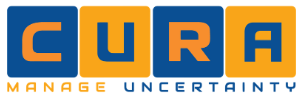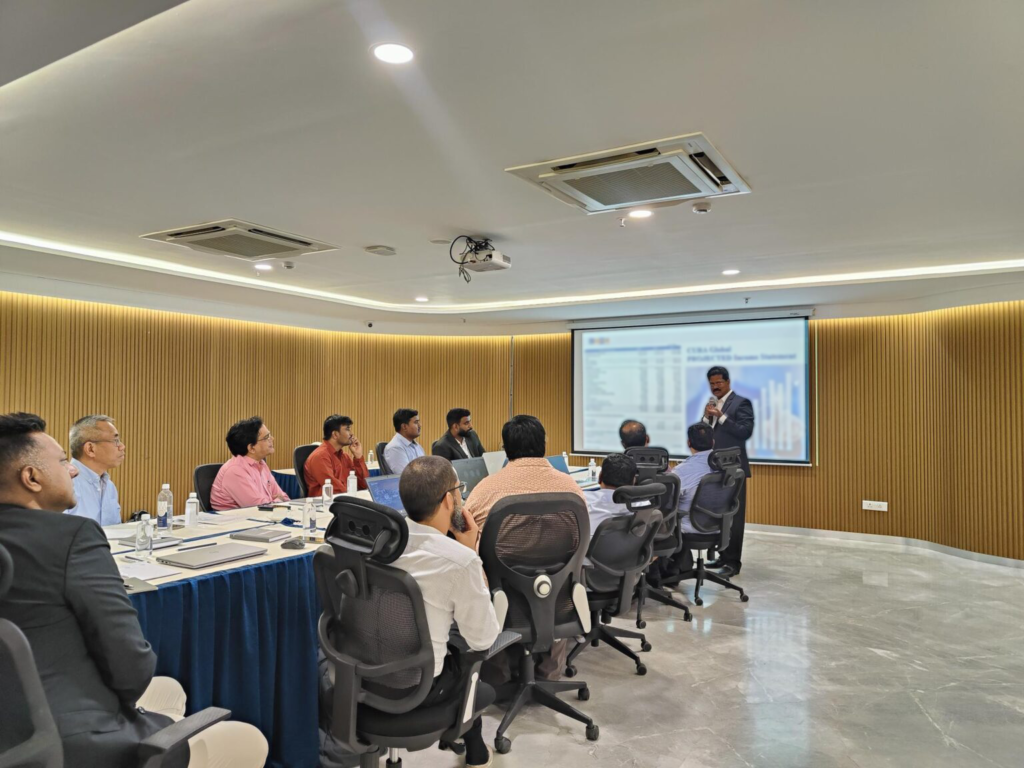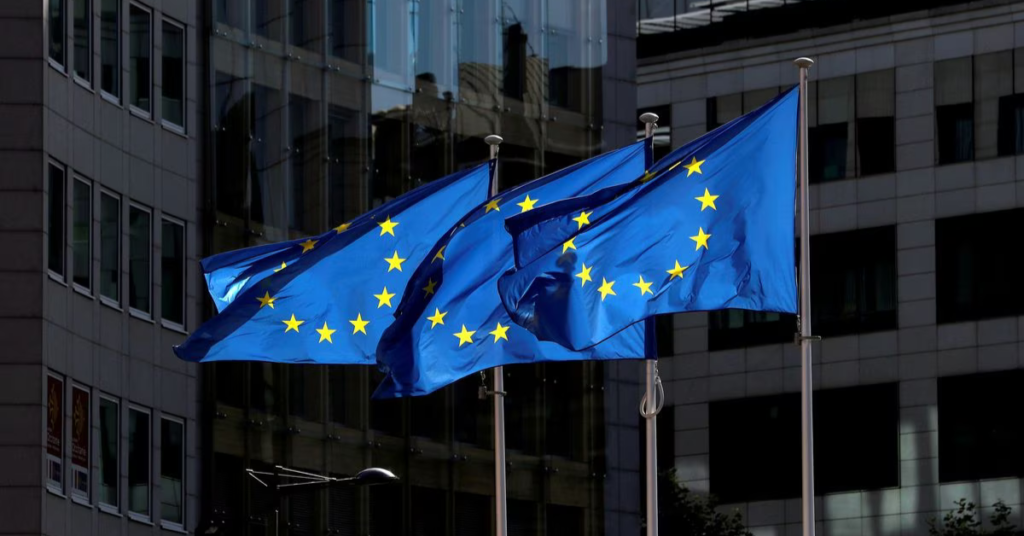Today’s organisations very rarely exist in a vacuum. Companies depend on a multitude of third parties in order to achieve core business functions, and may include vendors, contract manufacturers, traditional suppliers, agents, distributors, technology providers, franchisees and more. As dependence on outside parties increase, so too do the challenges involved in building processes to effectively manage and mitigate the potential risks involved in these relationships. As your company is responsible for the actions of your partners, the onus is on you to be in the best possible position to survive the disruptions that result when third-party risks manifest.
According to Warren Green, a Governance, Risk and Compliance expert at CURA Software Solutions, the action – or inaction – of a third party could have dire consequences for your business. “Your company could experience backlash from a third party’s inferior-quality service, data breaches resulting from a third party’s inadequate security practices, or supply chain issues as a result of a partner’s poor contingency planning. Further to this, supply chains exist as an ecosystem, with multiple tiers of partners that serve a manufacturer’s own vendors. The more complicated the supply web, the more challenging it is to identify and manage imminent risks.”
Potential third party risks include regulatory and legal violations, reputation damage, information security breaches and financial volatility. In order to mitigate these, Green believes that to effectively manage third-party risk, one should follow the guidelines set out by the The Office of the Comptroller of the Currency (OCC) for assessing and managing Third Party risk. Organisations should perform the following throughout the life cycle of the relationship as part of its risk management process:
1. Oversight and Accountability
Assigning clear roles and responsibilities for managing third-party relationships and integrating the organizations third-party risk management process with its enterprise risk management framework enables continuous oversight and accountability.
2. Documentation and Reporting
Proper documentation and reporting facilitates oversight, accountability, monitoring, and risk management associated with third-party relationships.
3. Independent Reviews
Conducting periodic independent reviews of the risk management process enables management to assess whether the process aligns with the organization’s strategy and effectively manages risk posed by third-party relationships.
Source: https://bit.ly/2z1yBZg











